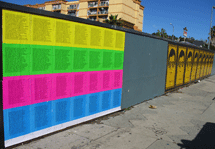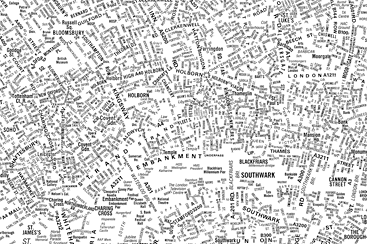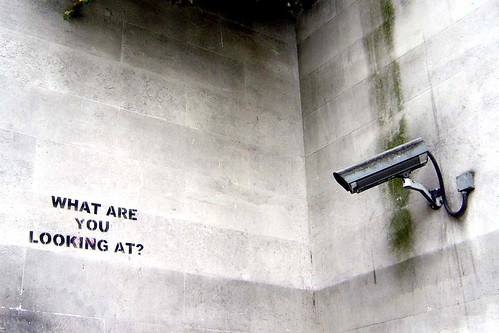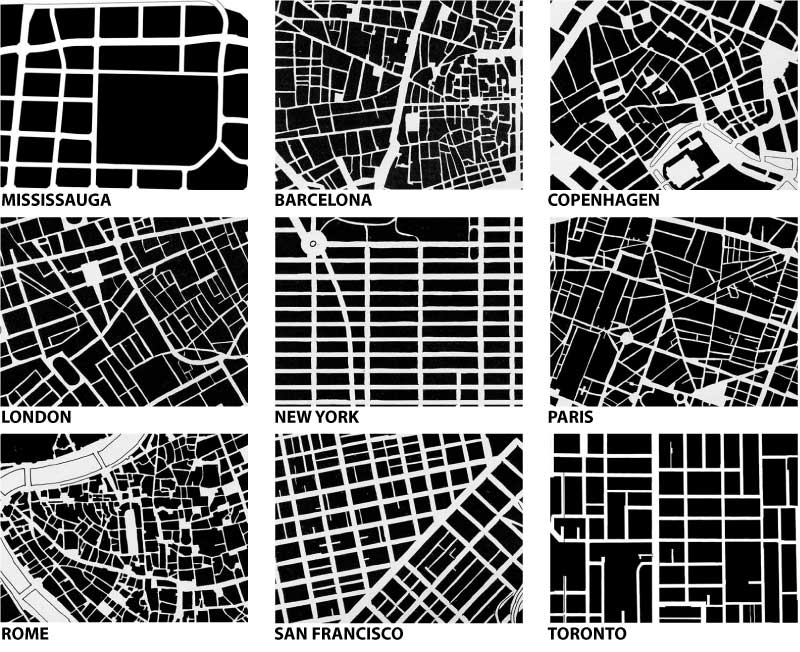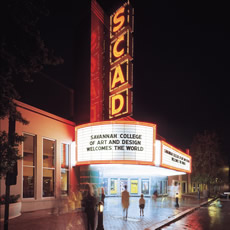Richard Longworth, an international correspondent for the Chicago Tribune, traveled for thousands of miles across the Midwest to understand how the region is grappling with, or failing to grapple with, the challenges of globalization. Globalization has utterly transformed manufacturing and agriculture, undercutting the stability that in some ways defined the Midwest. Longworth argues that regional leadership, increased immigration, investments in higher education, and fostering an ecology of public/private linkages that commercialize research are imperative.
New kinds of communication spaces will be required to refine and implement a Midwestern response to globalization. The Great Lakes Urban Exchange a blog that regularly posts information about urban initiatives and builds connections with 50 or so regional blogs may become an important communication resource. The Heart of Peoria as an online charette, supports citizens efforts to collectively craft a vision for the city.

